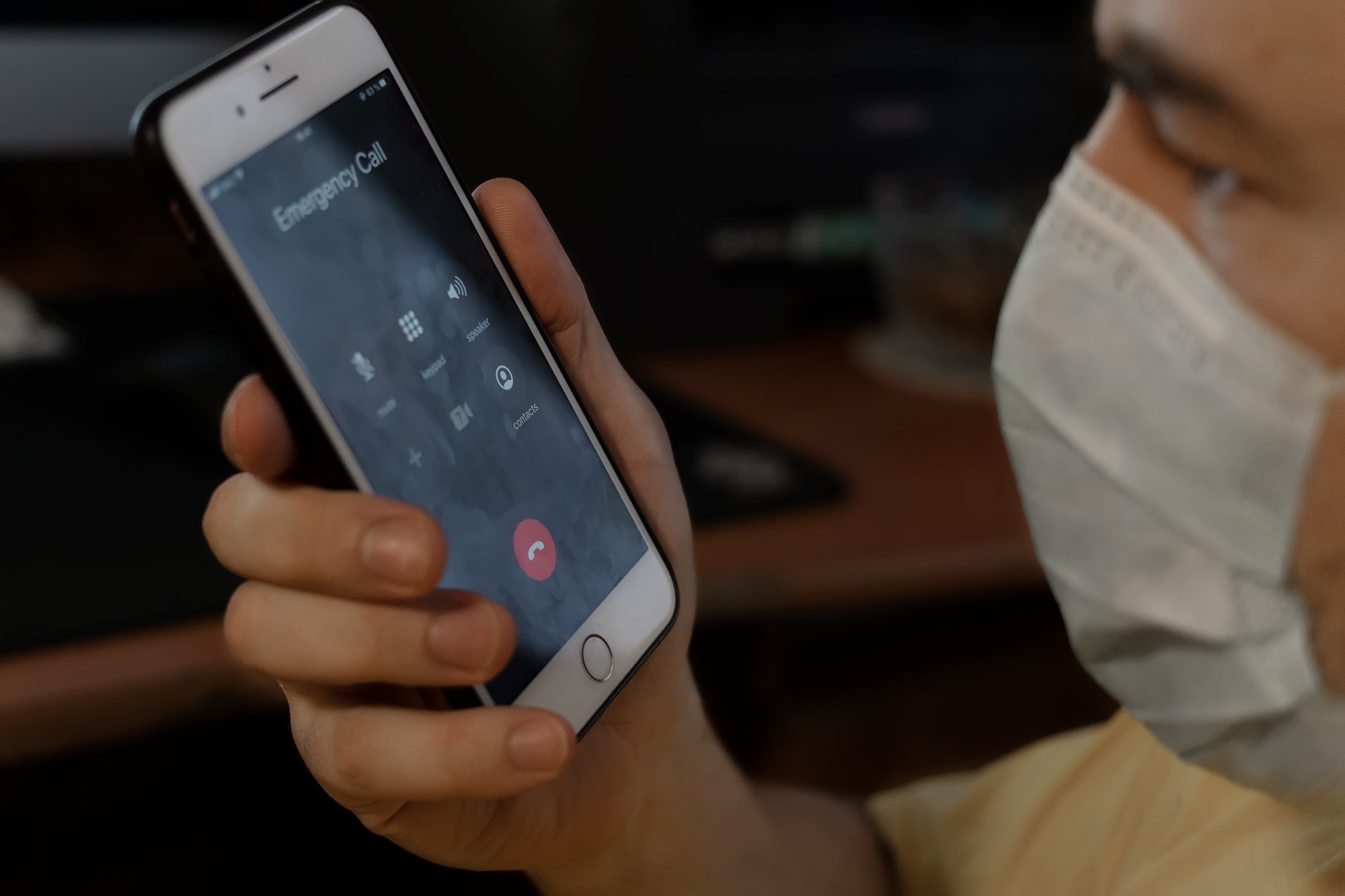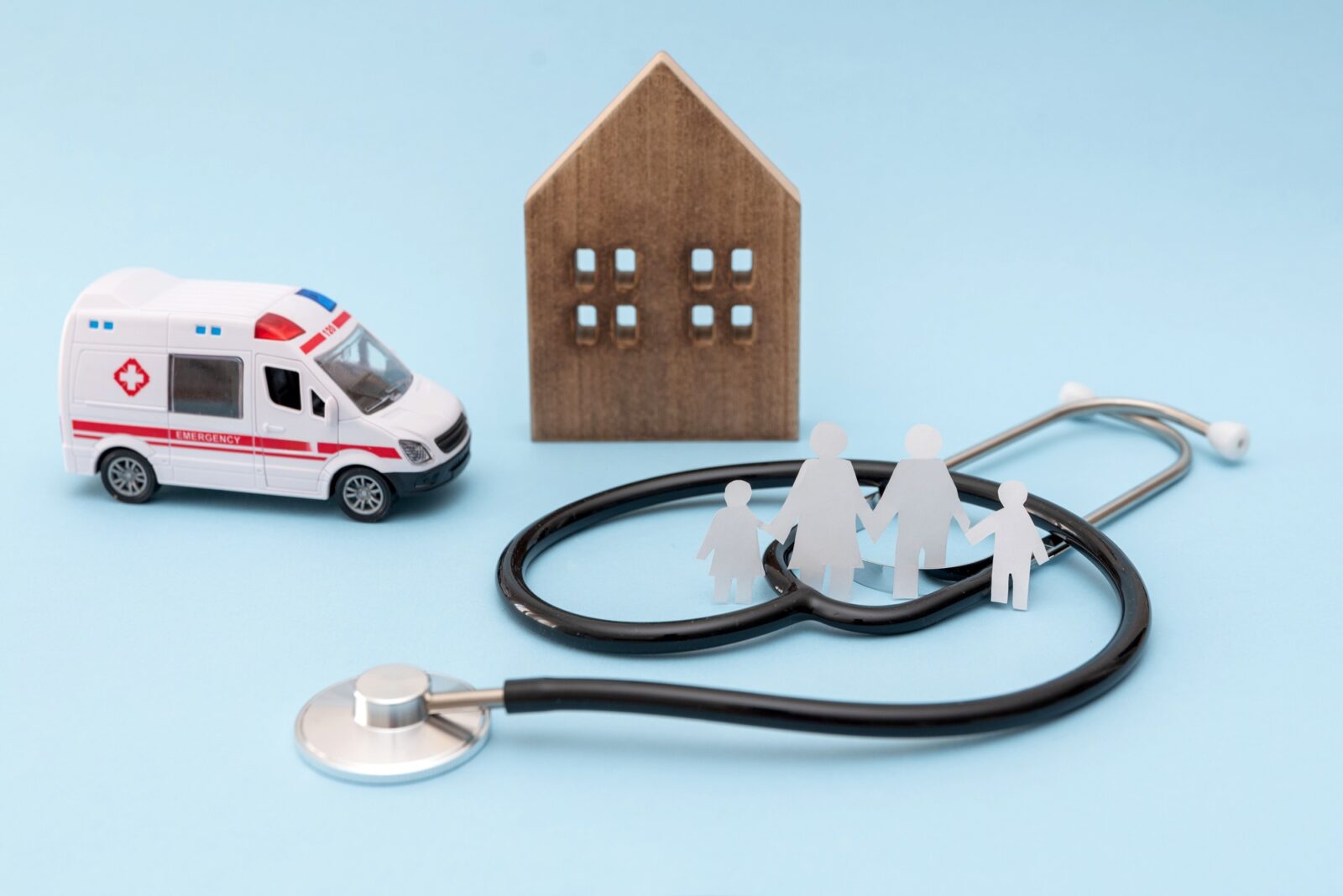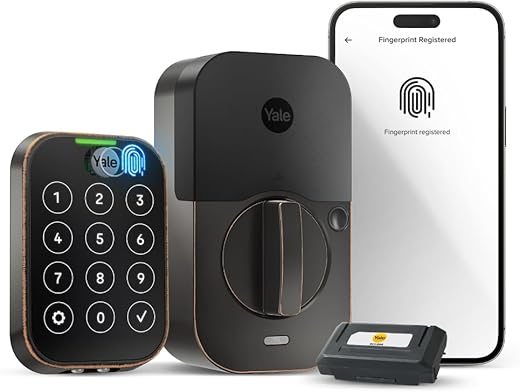
Tech That Protects Families
Introduction to Smart Home Emergency Preparedness
Your home isn’t just a place to live—it’s your sanctuary, and protecting it has never been more high-tech. Smart home systems have moved far beyond convenience features like voice-controlled lights and robotic vacuum cleaners. Today’s connected homes offer comprehensive smart home safety features that can safeguard your family during emergencies. From instant emergency alerts to automated crisis responses, these technologies form an invisible shield around your loved ones.
The integration of smart security systems with disaster preparedness tools creates a powerful defense against unpredictable situations. You’ll find that modern smart home technology doesn’t just react to emergencies—it anticipates them, potentially saving lives when seconds count.
| Product Name | Description | |
| August Smart Lock | Secure smart lock with keyless entry and alerts for unauthorized access. | CHECK PRICE |
| Wyze Cam Indoor Camera | Compact indoor security camera with motion detection and night vision. | CHECK PRICE |
| Philips Smart Light Bulbs | Energy-efficient smart bulbs with color-changing and scheduling capabilities. | CHECK PRICE |
Understanding Smart Home Systems for Emergency Situations
Smart home systems function as interconnected networks of devices that communicate with each other and with you. This connectivity enables remote monitoring capabilities that prove invaluable during emergency situations. You can check security cameras, adjust thermostats, or lock doors from anywhere with internet access. These systems operate through a central hub or smartphone app, giving you control even when you’re away from home. The emergency response potential of these networks is substantial, creating multiple layers of protection. Smart smoke detectors, motion sensors, and smart lighting work in harmony to detect threats and guide your family to safety.
Top Smart Home Emergency Products
| Product Name | Description | Price Link |
|---|---|---|
| Amazon Echo (4th Gen) | Smart speaker with emergency alerts and smart home control. | CHECK PRICE |
| Ring Alarm System | Comprehensive security system for monitoring and alerting during emergencies. | CHECK PRICE |
| Emergency Blankets | Emergency Fire Blanket – 2-Pack 40”x40” | CHECK PRICE |
Smart Home Devices for Emergency Detection and Response
Smart Smoke Detectors and Fire Management Systems
Modern smart smoke detectors like the Nest Protect or First Alert Onelink represent a massive upgrade from traditional alarms. These devices don’t just shriek when they detect smoke—they tell you exactly where the danger is and what’s happening. They’ll send notifications to your phone even when you’re away from home, potentially allowing you to alert neighbors or emergency services before a small fire becomes catastrophic. Advanced fire management systems can automatically shut down HVAC systems to prevent smoke circulation, turn on lights to illuminate escape routes, and even unlock doors for easier evacuation. Some systems interface directly with sprinklers, though these remain more common in commercial settings than homes.
A report from the National Fire Protection Association (NFPA) released in 2023 indicates homes equipped with smart smoke detectors have a 55% lower risk of fire-related fatalities, as these devices provide faster alerts and are more reliable in detecting smoke compared to traditional detectors.
Smart Security Systems and Smart Door Locks
Security cameras like those from Ring or Arlo don’t just record break-ins—they actively deter them by alerting you to suspicious activity in real-time. You’ll receive notifications when someone approaches your property, allowing you to assess the situation instantly. Smart door locks from companies like August or Schlage provide keyless entry through codes or smartphone authentication, eliminating lockouts during emergencies.
These systems can grant temporary access to first responders or family members when you’re not home. Many smart security systems offer battery backup options to maintain protection during power outages. Their integration with voice assistants allows hands-free operation when you might be assisting family members or pets during an emergency.

Hazard Detection Sensors
Beyond smoke, smart sensors can detect a variety of threats to your family’s safety. Water leak sensors from brands like Flo by Moen can detect floods or burst pipes and automatically shut off your water main. Carbon monoxide and natural gas detectors can identify colorless, odorless gases before they reach dangerous levels.
Temperature sensors can alert you to freezing conditions that might lead to burst pipes or dangerously high temperatures that could affect vulnerable family members. Some advanced systems even monitor air quality, alerting you to pollutants or allergens that might affect those with respiratory conditions. These hazard detection sensors create a comprehensive safety net that watches for dangers you might not immediately notice.
Strategies for Integrating Smart Home Technology in Emergency Management
Remote Monitoring and Control
The ability to check on your home from anywhere provides peace of mind and practical safety benefits. You can verify if you left appliances running, doors unlocked, or windows open. Remote access lets you lock doors, turn off water valves, or adjust thermostats when unexpected situations arise. This capability proves particularly valuable during evacuations or extended absences when you need to secure your home quickly.
Many systems allow you to create emergency scenarios that trigger multiple actions at once—like an “away” mode that enables exterior cameras, locks doors, and adjusts lights to simulate occupancy. You can share monitoring access with trusted neighbors or family members who might be closer to your home during an emergency.
Integration with Emergency Services
Advanced smart home systems can contact emergency services automatically when certain conditions are detected. Companies like ADT and Vivint offer professional monitoring services that dispatch help when alarms are triggered. Some municipalities allow smart home systems to register with local emergency services, providing critical information about your home’s layout and occupants.
This information can help first responders navigate your home more effectively during emergencies. Certain medical alert devices integrate with smart home systems to summon help for elderly family members or those with health conditions. Google’s Nest and Amazon’s Alexa both offer emergency calling features that can connect you with help when needed.
Smart Lighting Control for Safety
Smart lighting does more than save energy—it can be a lifesaving tool during emergencies. Philips Hue and LIFX systems can be programmed to flash red during fire alarms, guiding everyone toward exits. During power outages, battery-backed smart bulbs can provide crucial illumination when standard lighting fails. Y
ou can program pathways that automatically light up when motion is detected at night, preventing falls or injuries during urgent situations. For home security, lights can be scheduled or randomized to make your house appear occupied while you’re away.
Some systems can even be voice-activated through assistants like Alexa or Google Home, allowing hands-free control when you’re carrying children or pets to safety.
Expert Tip: Smart Lighting Installation
When installing smart lighting for emergency preparedness, place battery-backed lights along evacuation routes and program them to activate automatically during alarms. Professional installers recommend creating dedicated emergency lighting groups in your app for quick activation during crises.
Smart Home Automation for Emergency Alerts
Automation transforms your smart home from a collection of devices into a coordinated emergency response system. You can create routines that trigger multiple actions when an alarm sounds—turning on lights, unlocking doors, and sending alerts to family members. Voice assistants can be programmed to announce specific instructions during different types of emergencies.
These systems can integrate with weather services to warn about approaching storms or other natural disasters. Some smart displays like the Echo Show or Google Nest Hub can show evacuation routes or emergency procedures when alarms trigger. You might also program your system to turn off gas appliances, HVAC systems, or other potential hazards during specific emergencies.
Power Outage Monitoring and Alerts
When the lights go out, smart home systems can keep you informed and protected. Devices like the Wemo Mini Smart Plug can detect power interruptions and notify you immediately via cellular networks. Smart battery systems such as the Tesla Powerwall can automatically supply backup power to critical systems during outages.
You can program your system to conserve battery power by shutting down non-essential devices when running on backup power. Some systems monitor utility company status updates and estimate restoration times based on local data. Smart generators like those from Generac can automatically start when power is lost and integrate with your home automation system.
According to a 2023 survey by the Consumer Technology Association, 68% of smart home users have implemented smart energy management systems, such as smart plugs or battery backup systems, which enhance preparedness for power outages and ensure critical devices remain operational.
Disaster Preparedness and Recovery
Smart home systems can help you prepare for natural disasters before they strike. Weather-connected systems can alert you to approaching storms, floods, or wildfires with more personalized information than general alerts. Some insurance companies offer connected water sensors that automatically shut off your main when flooding is detected.
After disasters, smart cameras can help you assess damage remotely when it might not be safe to return home. Connected systems can monitor temperature and humidity to prevent mold growth after flooding. Some advanced systems can even run diagnostic checks on your home’s electrical systems after power surges to identify potential hazards before you restore full power.
Smart Home Insurance Benefits and Discounts
Your investment in smart home emergency systems can pay off through reduced insurance premiums. Companies like State Farm, Allstate, and Liberty Mutual offer discounts of 5-20% for homes with smart security and safety features. These discounts acknowledge the reduced risk of both catastrophic damage and theft in smart-equipped homes.
Some insurers are developing programs that use data from your smart devices to create custom insurance packages based on your actual usage patterns. The financial benefits extend beyond direct discounts—smart systems can prevent small issues from becoming major claims by catching problems early. Many insurance companies will even subsidize the cost of certain smart home safety devices through partnership programs or reimbursements.
According to a recent study conducted by Deloitte Insights in 2023, the global smart home devices market is projected to grow at a CAGR of 25% from 2023 to 2028, driven by increased consumer demand for advanced home safety and emergency management solutions.
Long-term Benefits of Smart Home Emergency Systems
The advantages of smart home emergency preparedness systems extend far beyond immediate crisis response. These systems can significantly enhance your property’s market value, with smart security features ranking among the most desirable home technologies for buyers. You’ll likely see reduced utility costs through more efficient energy management during normal operations and emergencies.
The peace of mind that comes from knowing your home is protected can reduce stress and improve quality of life for everyone in your household. Smart systems can extend independent living possibilities for elderly family members by providing automated safety features and remote monitoring capabilities. The data collected by these systems can help you identify patterns and potential issues before they become emergencies.
Challenges and Limitations of Smart Home Systems
Despite their benefits, smart home emergency systems aren’t without complications. Power dependencies mean most systems need backup options like battery packs or generators to function during outages. Internet connectivity issues can impact remote access when you need it most, so cellular backups are worth considering.
Privacy concerns are valid—security cameras and microphones could potentially be compromised, so choosing reputable brands with strong security practices is essential. The cost of comprehensive systems can be substantial, though starting with critical components and expanding gradually can make it more affordable.
System compatibility remains an ongoing challenge, with some brands creating “walled gardens” that don’t communicate well with other manufacturers’ devices.
Best Practices for Implementing Smart Home Emergency Preparedness
Choosing the Right Devices
Start with a clear assessment of your specific home risks and family needs before purchasing any equipment. Prioritize safety-critical devices like smoke detectors, carbon monoxide sensors, and security components before convenience features. Look for products with strong encryption, regular security updates, and privacy policies that protect your data.
Consider battery life and backup power options for essential components that must function during outages. Check compatibility with existing devices and major ecosystems like Apple HomeKit, Google Home, or Amazon Alexa before purchasing. Brands like Ring, Nest, Philips Hue, and Arlo have established track records for reliability in the smart home safety space.
Regular Maintenance and Updates
Smart home systems require ongoing attention to function properly during emergencies. Create a regular schedule to test all safety devices, including manually triggering alarms to verify notifications work correctly. Keep firmware updated on all devices to protect against security vulnerabilities and ensure optimal performance. Replace batteries in battery-backed devices according to manufacturer recommendations, not just when they die.
Run practice drills with your family to ensure everyone knows how to respond when systems activate during emergencies. Document your system configuration, including device locations, network information, and account credentials, and store this information securely but accessibly.
Will Your Smart Home Save Lives When Disaster Strikes?
Smart home emergency preparedness systems represent a revolutionary approach to family safety, combining advanced technology with practical protection. You’re not just buying gadgets—you’re creating an intelligent safety net that watches over your home when you can’t. The benefits go beyond basic security, extending to comprehensive emergency management that can detect, alert, respond, and even help recover from disasters.
By thoughtfully selecting compatible devices, maintaining them properly, and integrating them into your family’s emergency plans, you create resilience against an unpredictable world. As these technologies continue advancing, their ability to protect what matters most will only grow stronger. The question isn’t whether you can afford smart home safety—it’s whether you can afford to go without it.


 Amazon.com
Amazon.com




